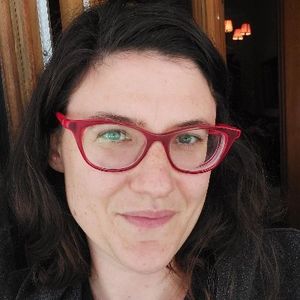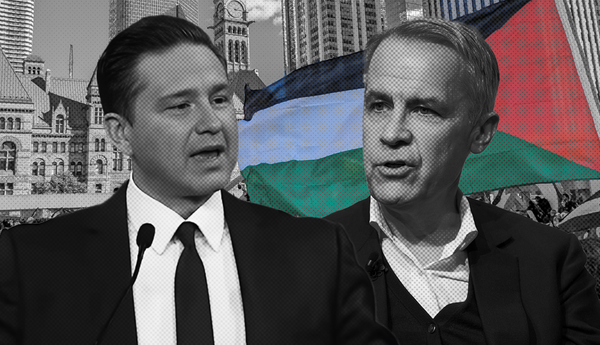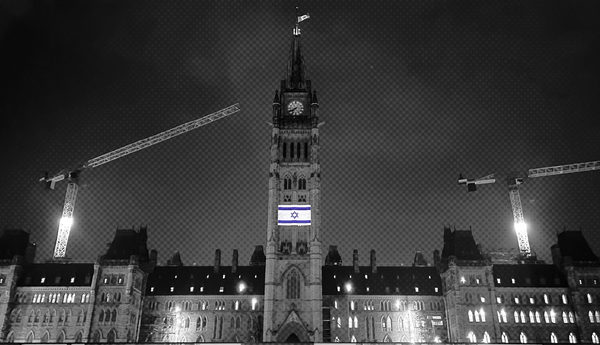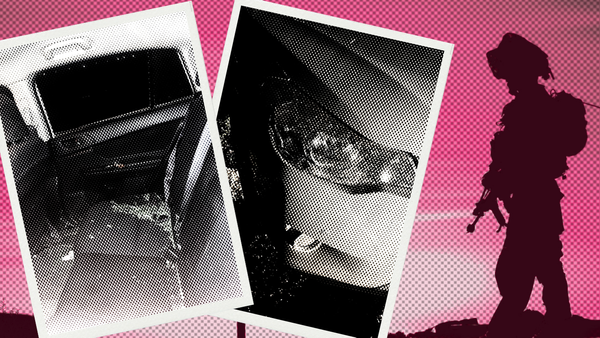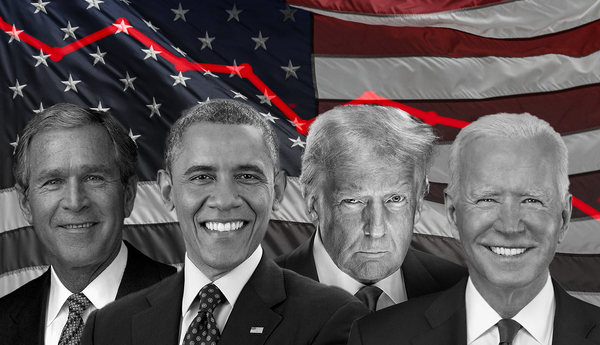On Tuesday, a report that examines sexual misconduct in the Canadian Armed Forces (CAF) was tabled in the House of Commons. Retired Supreme Court Justice Morris Fish’s investigation, launched in November, found that, “The nature, extent and human cost of sexual misconduct in the CAF remain as debilitating, as rampant and as destructive in 2021 as they were in 2015.”
The release of Fish’s report comes at a time when sexualized violence in the CAF is headline news, especially driven by the government’s recent announcement of yet another review into how the military handles sexual assault complaints. Overseen by former Supreme Court Justice Louise Arbour, this time, many argue, will be a charm. This time, things should change.
It’s a hopeful argument, but one unlikely to materialize. Years of commissions, reports and investigations haven’t been able to undo systemic sexual assault within the CAF, and victims are often left to fend for themselves against a massive bureaucracy where the most important thing is loyalty to the military.
Bobbie Bees knows this well. The survivor of sexual abuse first reached out to me on Twitter years ago, sharing some details and hoping that I’d be able to write about their story.
Bees was abused for the first time in 1978, when they were 7 years old and their abuser was 13. The abuse lasted for about 18 months. At the time, the kids, both children of CAF personnel, lived at CFB Namao, a now-defunct air force base that was located just north of Edmonton.
Based on the nature of the assault, Bees had always been sure that their abuser was also the victim of sexual assault and that his trauma led him to assault others. In 2011, Bees learned that they were right. They were told that their abuser had been sexually abused by a well-known military official, Chaplain Capt. Angus McRae, who was the military priest at CFB Namao.
For the next several years, Bees fought two connected battles against the CAF: one to bring their abuser to justice, and another to access documents about McRae in order to try and verify stories they heard over the years that accounted for as many as 25 victims.
In 1980, McRae was convicted of sodomizing a child at CFB Edmonton. He would serve just 10 months of a four-year sentence for that conviction, and while he was kicked out of the CAF, he would go on to work as a priest in other parts of Canada. In 1989, he was charged with molesting two boys while he worked at a parish in Scarborough, but managed to avoid jail time, receiving three years of probation instead.
In 2001, Bees’ abuser sued MacRae, the Catholic Archdiocese of Edmonton and the Minister of National Defence over the sexual abuse he faced, which took place between 1977 and 1980. The lawsuit was settled out of court in 2008. McRae died in May 2011.
Bees tried for years to obtain a copy of the transcript for McRae’s 1980 court martial, as well as other documents about the chaplain. In 2012, the CAF refused an access to information request outright. This past August, it released the 266-page transcript, but it was entirely redacted except for the title page.
That same month, David Pugliese wrote in the Ottawa Citizen about Bees’ struggle to get this transcript and other documents: “[The Department of National Defence] says it cannot legally disclose McRae’s court martial transcript since the military decided in 1980 the proceedings would be closed to the public. It would need a court order to disclose the records, DND stated in an email to this newspaper, although it did not explain who would be required to obtain such a court order.”
Bees continued trying to get answers from the DND, and in November a full, and not-entirely redacted, copy of the court martial transcripts was released. The document shows that McRae had multiple victims. Another released document revealed that the military police force that had investigated McRae was aware that Bees’ abuser had been sexually abusing children as well.
Bees believes the military made it difficult to obtain information about McRae to avoid having to admit how widespread sexual abuse is, both among service members and civilian dependents.
Because Bees’ abuser was a civilian acting on military property, their struggle to get action from military police has failed. Bees informed me that they brought charges to military police twice: in 1984 and 1990, both times only to be told that this was a civilian matter. In 2011, they tried again, but this time with the Edmonton Police. Bees said that the Edmonton Police bounced their complaint back to military police, as the Canadian Forces National Investigation Service (CFNIS) had since been founded in the wake of the Somalia Affair, with an expanded mandate to deal with civilian crimes.
Rather than offering Bees a path to justice, the documents they obtained at the end of 2020 further illustrate why their fight for justice against their abuser — who was charged with sexual assault several times, as recently as a few years ago, with multiple convictions — has been so futile.
The CFNIS investigation found that due in part to the age of Bees’ abuser at the time of the abuse, the probability of conviction was low. Therefore, charges were never brought forward.
Bees’ story demonstrates the problem with how sexual violence is handled by investigators: it’s understood to be a matter between a perpetrator and a victim, rather than being connected to broader forces that permit and perpetuate it, such as the DND. The question of where culpability lies between an individual and a system that permitted abuse to occur in the first place isn’t given much consideration. This is what makes sexual violence so pernicious: without bringing these forces to account, there can be no real justice.
In an article published last month in Canadian Dimension, Paniz Khosroshahy argues that stories about sexualized violence in the military aren’t anomalies, but rather part and parcel of it: “Because the military so often remains above scrutiny, the CAF sexual violence revelations have been characterized as yet another #MeToo story. Generally, for institutions, the #MeToo playbook unravels in a specific way: a very bad apple in the organization will be forced to resign, and other nefarious actors will be reformed through ‘systemic change,’ which variously includes establishing a sexual harassment policy, strengthening HR practices, and creating ‘awareness’ and ‘belonging.’ The more ‘buy-in from the top,’ the better—meaning, in a dramatic reversal of the history of the labour movement, it is the bosses that will be saving the workers through progressive measures of their own initiative and design.”
The current attempts to root out sexual violence in the CAF will fail unless they are set up to deal with the complex and enduring impacts of sexual violence, which is a systemic issue. Any inquiry that tries to put an end to sexual violence needs to target power structures that perpetuate abuse. This includes resisting the culture of silence that so often accompanies details about sex crimes.
McRae left a trail of misery behind him, which Bees says includes several suicides and attempted suicides. Yet with the details hidden from public sight for so long, it will be impossible for Canadians to ever understand just how widespread the impact of McRae’s violence is, despite Bees’ effort.
By April this year, about 4,600 people had filed a claim as part of a class action settlement for survivors of sexual assault in the CAF and DND who are past or present serving members. But with high-ranking officials Art McDonald, Jonathan Vance, Haydn Edmundson and most recently, the head of Canada’s vaccine coordination program Dany Fortin, all facing sexual assault accusations, a lawsuit is unlikely to be able to properly address the endemic issue. And military dependent civilians like Bees are excluded from making a claim through the class action.
What’s worse, as part of the settlement, Canada formally refuses to accept liability for the abuse. So while money may be paid out to survivors, and some may receive needed support, very few individuals who perpetrated violence against these people will be held to account. Nor will the ultimate group in charge, the federal government. It’s impossible to find justice for a systemic problem if the body most liable formally declares itself to not be so as a condition for survivors to receive a settlement.
Without accountability, perpetrators will continue to sexually abuse people, whether inside or outside the military. The damage done by McRae is a good example of this, as he was first protected by the DND and then by another patriarchal institution, the Catholic Church.
Sexualized violence is a tool of war that Canadian soldiers have used abroad. But crucially, it’s also a tool of war used inside Canada. Khosroshahy argues, “Survivors of sexual violence in the CAF, as well as disabled and traumatized soldiers, are also victims of Canada’s warfare. They deserve our support and justice. Yet, this justice cannot be contingent on glorifying militarism, supporting Canada’s foreign policy, or perpetuating the ruse of peacekeeping.”
If we are to take the CAF’s intentions by its actions, Bees’ struggle for justice over the past decade demonstrates that there’s really no hope for the military to ever adequately address sexual assault. The structure itself is the problem.
It’s time to seriously debate the steps necessary to abolish Canada’s military.

